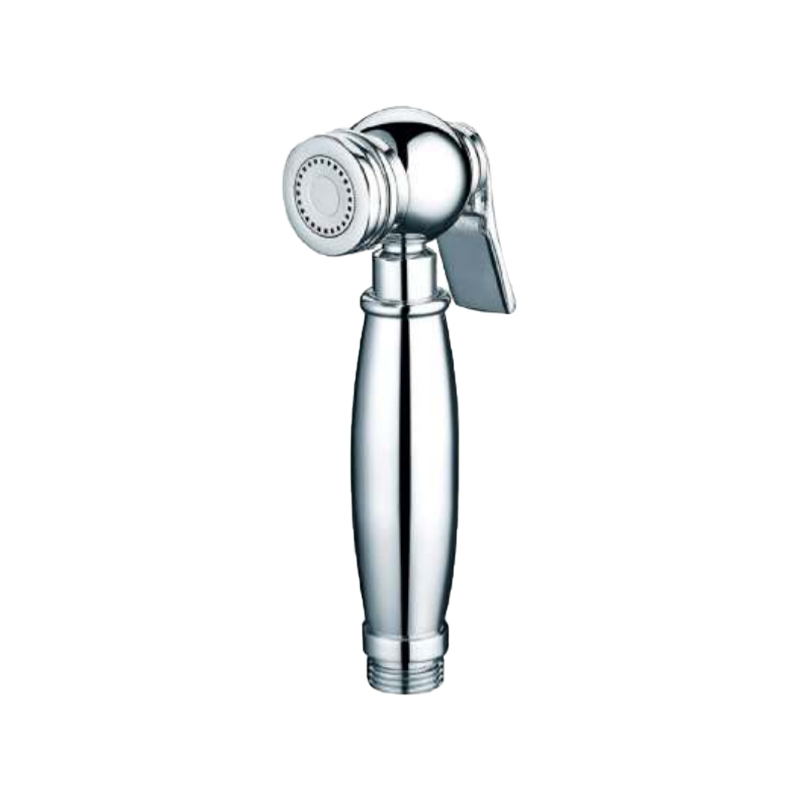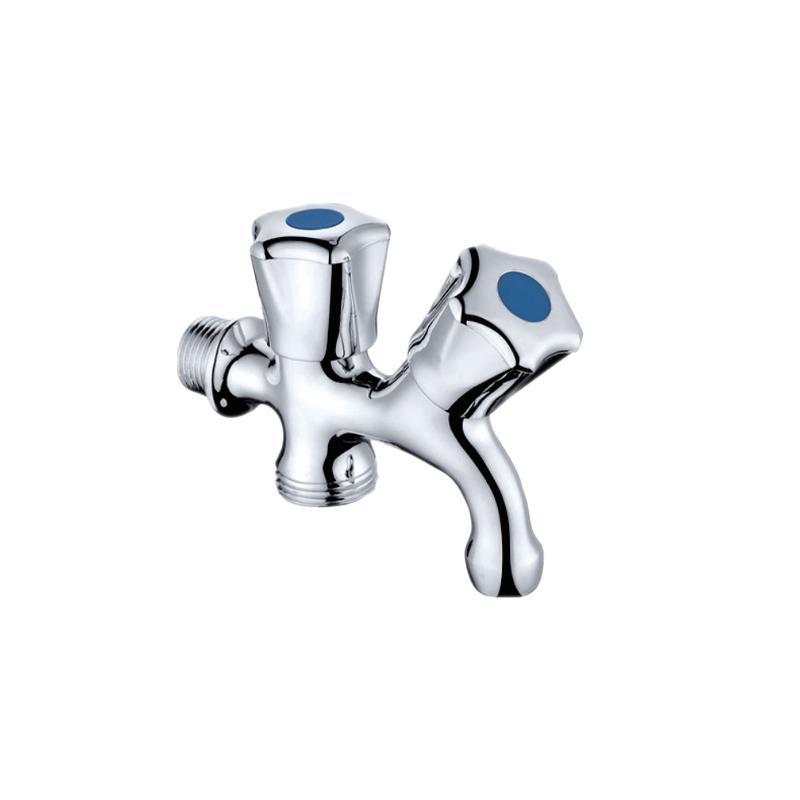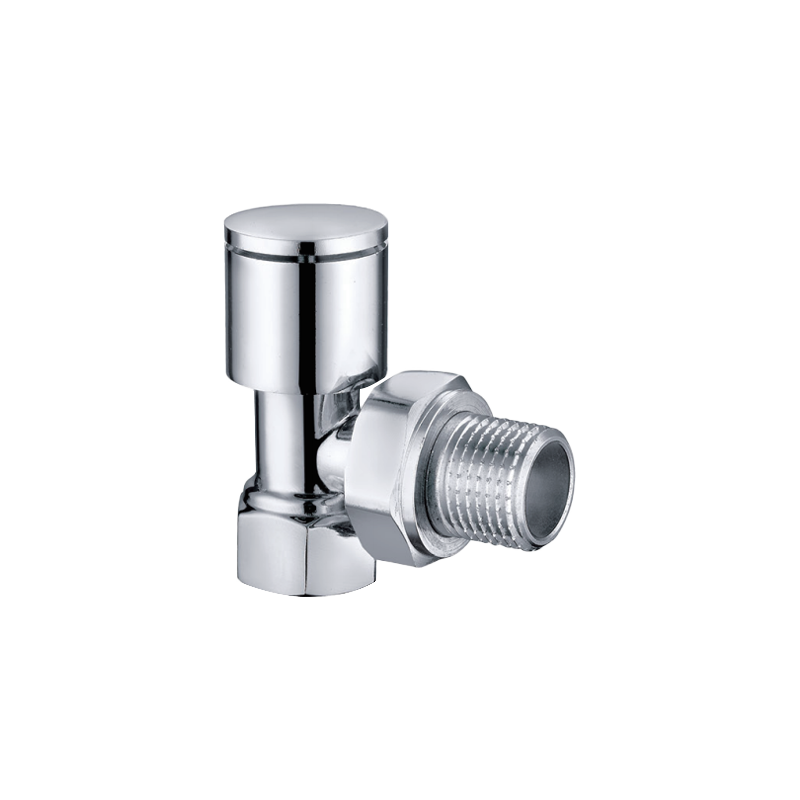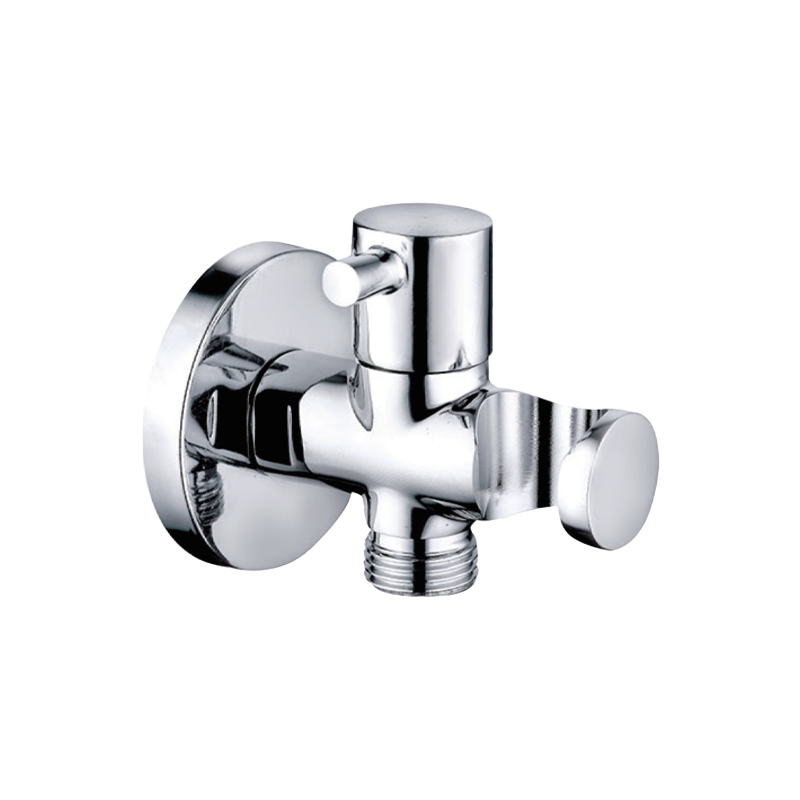When it comes to plumbing fixtures, the unsung hero of functionality and reliability is often the ceramic valve. Hidden within faucets, taps, and various water control devices, these small yet critical components play a vital role in ensuring smooth water flow, durability, and long-term performance. In this blog post, we will explore the world of ceramic valves, their significance in modern plumbing, their working principles, and the benefits they bring to your daily life.
To appreciate the importance of ceramic valves, it's crucial to understand their role in the plumbing landscape. These valves are commonly found in a wide range of water control applications, including:
Faucets and Taps: Ceramic disc cartridges are a common choice for controlling water flow in faucets and taps. They provide precise control over water temperature and volume, ensuring a smooth and consistent user experience.
Showerheads: Shower valves equipped with ceramic components allow users to fine-tune water temperature and pressure, enhancing comfort and safety during showers.
Toilets: Ceramic flush valves regulate the release of water from the toilet tank into the bowl, enabling efficient flushing and water conservation.
Mixing Valves: In applications where hot and cold water need to be mixed, such as in thermostatic mixing valves, ceramic components help maintain the desired temperature, preventing scalding or sudden temperature changes.
How Do Ceramic Valves Work?
The magic behind ceramic valves lies in their precise and efficient operation. Unlike traditional rubber or metal valves, ceramic valves use ceramic discs or plates to control water flow. Here's a simplified breakdown of their working principles:
Ceramic Discs: A typical ceramic valve consists of two ceramic discs—one stationary and one movable. The movable disc is attached to a handle or lever, allowing users to control water flow.
Smooth Surface: The ceramic discs have exceptionally smooth and flat surfaces. When the valve is in the closed position, these surfaces come into contact, creating a watertight seal that prevents any water from passing through.
Rotation for Control: To open the valve and allow water to flow, users rotate the handle or lever, causing the movable disc to pivot away from the stationary disc. This movement creates an opening between the discs, permitting water to pass through.
Precise Control: The design of ceramic discs allows for precise control over the size of the opening. This means users can adjust water flow and temperature with great accuracy, making ceramic valves ideal for applications where precision matters.
Durability: Ceramic is an exceptionally hard and wear-resistant material. This durability ensures that ceramic valves can withstand the rigors of daily use without degradation in performance.
The Advantages of Ceramic Valves
Ceramic valves offer several advantages that make them stand out in the world of plumbing fixtures:
Longevity: Thanks to their durable and wear-resistant ceramic components, these valves have a longer lifespan compared to rubber or metal counterparts. They are less prone to wear and tear, ensuring reliable performance for years.
Precise Control: Ceramic valves provide exceptional control over water flow and temperature, allowing users to fine-tune their preferences with ease. This precision is especially valuable in applications like showers and faucets.
Resistance to Corrosion: Ceramic is impervious to rust and corrosion, ensuring that the water passing through remains uncontaminated and safe for use.
Low Maintenance: Due to their durability and resistance to wear, ceramic valves require minimal maintenance. They are less likely to leak or develop issues, reducing the need for frequent repairs.
Energy Efficiency: The precise control offered by ceramic valves can contribute to energy savings by allowing users to avoid excessive hot water use, resulting in lower energy bills.
Conservation: In applications like toilets, ceramic flush valves enable efficient water usage, helping conserve this precious resource.
Applications Beyond Residential Plumbing
While ceramic valves are commonly associated with residential plumbing, their utility extends to various industries and applications, including:
Commercial Buildings: Ceramic valves are widely used in commercial plumbing systems, providing reliable performance in public restrooms, kitchens, and other high-traffic areas.
Industrial Settings: Industries rely on ceramic valves for controlling water and other fluids in a range of processes, from manufacturing to chemical processing.
Medical and Healthcare: In healthcare settings, precise control over water temperature and flow is crucial for patient safety and comfort, making ceramic valves a preferred choice.

 English
English 中文简体
中文简体


.png)




